Most parents seek the best tools for their child’s development, and Montessori toys offer a promising approach. These simple and engaging toys encourage hands-on learning and independent exploration while enhancing your child’s cognitive and social skills. Unlike traditional toys that often overstimulate, Montessori toys promote creativity and critical thinking through their minimalist design. This blog post will help you understand why choosing Montessori toys for your early learner can be a transformative choice for their growth.
Key Takeaways:
- Montessori toys prioritize open-ended play, encouraging creativity and imagination in children by allowing them to explore and interact with their environment freely.
- Simpler designs in toys help reduce overstimulation, enabling young learners to focus on developing fine motor skills and problem-solving abilities.
- Natural materials used in Montessori toys promote sensory experiences and foster a connection with the environment, enhancing cognitive and emotional development.
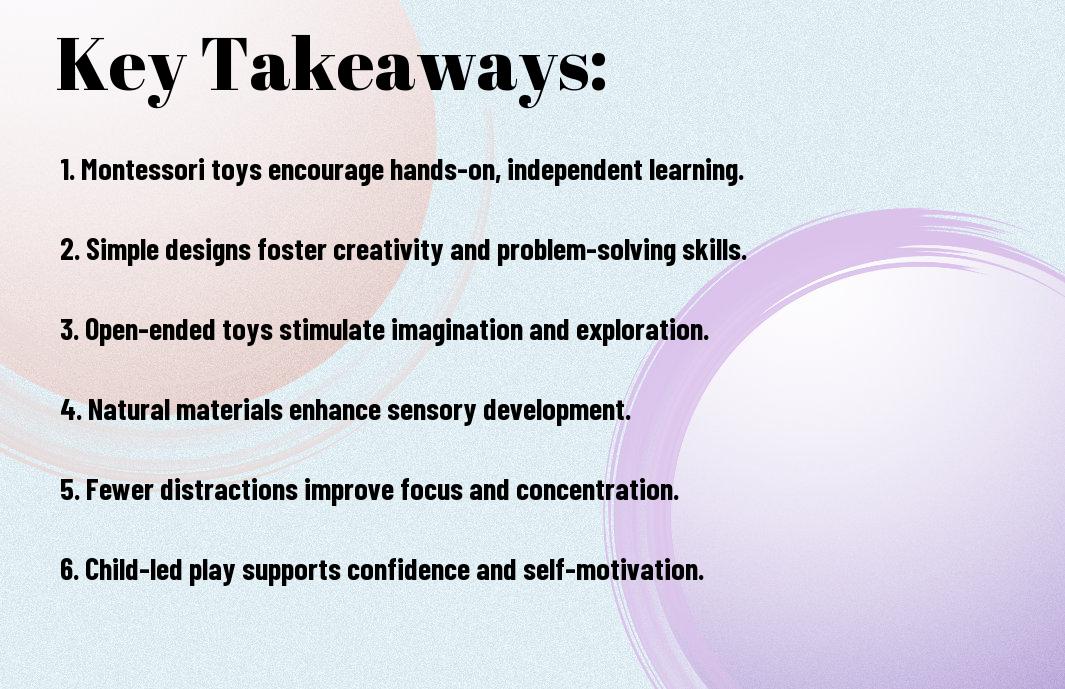
The Philosophy of Simplicity in Montessori Education
The essence of Montessori education revolves around the philosophy of simplicity, which emphasizes a thoughtfully prepared environment and materials that cater specifically to the developmental needs of children. In this context, simplicity does not signal a lack of complexity or depth in learning; rather, it reflects the belief that children achieve better understanding and mastery when they engage with fewer, high-quality resources. By providing a minimalist environment, Montessori classrooms eliminate distractions and allow children to focus on their activities, promoting deeper exploration and connection to the learning material. This fostering of simplicity encourages self-paced learning, leading to greater independence and confidence among young learners.
Core Principles of Montessori Learning
Central to Montessori learning are core principles that advocate for a child-centered approach, allowing your child to take ownership of their educational journey. This philosophy is deeply rooted in *freedom within limits*, wherein children are given the autonomy to choose their activities while remaining within a structured environment. Such a balance is vital for learning because it instills a sense of responsibility and self-discipline. By encouraging self-directed exploration, Montessori education nurtures creativity and critical thinking, enabling your child to reach their full potential while respecting their individual interests and pace.
Another key aspect of Montessori principles is the focus on hands-on, experiential learning, envisioned through thoughtfully designed materials that appeal directly to a child’s senses. This interactive approach to education invites your child to engage with materials that are not only age-appropriate but stimulating and enriching, helping them make connections to their surroundings. Research shows that children retain knowledge better when learning through tactile experiences, bridging the gap between theoretical concepts and practical applications. Such principles underscore how active participation leads to a deeper and more lasting understanding of various subjects.
Furthermore, the Montessori teaching method relies on mixed-age classrooms, fostering a sense of community and collaboration among children of different ages. In such environments, older children often act as role models and mentors for their younger peers, enhancing social skills and empathy. Your child benefits from observing and interacting with others at various developmental stages, allowing them to learn valuable lessons such as sharing, cooperation, and communication. This collaborative atmosphere cultivates a love of learning, promoting lifelong skills that extend far beyond the classroom.
The Role of Play in Child Development
Play serves as a fundamental component of child development, fostering cognitive and social skills through exploration and imagination. In the context of Montessori education, play is not merely an adjunct to learning; it is the very medium through which children engage with the world around them. Montessori toys—simple, open-ended, and practical—encourage your child to experiment and discover. With these toys, children actively shape their learning experiences, fostering problem-solving abilities and creativity while engaging in meaningful, self-directed play.
The integration of purposeful play in Montessori settings allows your child to internalize and reinforce the skills they are acquiring, facilitating growth in various developmental areas, including physical, emotional, and social domains. This type of play enables children to experiment with new ideas, test hypotheses, and develop their unique perspectives without fear of failure. When provided with Montessori materials, your child can create, manipulate, and engage in independent thought, ultimately leading to a more profound and impactful educational experience. Observational studies indicate that in environments rich in play, children exhibit increased motivation, longer engagement with tasks, and a broader range of skills.
Play also fosters important social interactions, as children often engage cooperatively and learn to navigate social dynamics through shared experiences. Whether collaborating on building a structure or resolving conflicts, your child learns vital skills like communication, empathy, and negotiation, all critical for future success in a diverse society. Montessori’s commitment to fostering an environment where play and learning coalescence equips your child with the social tools necessary for navigating complex relationships throughout their life.
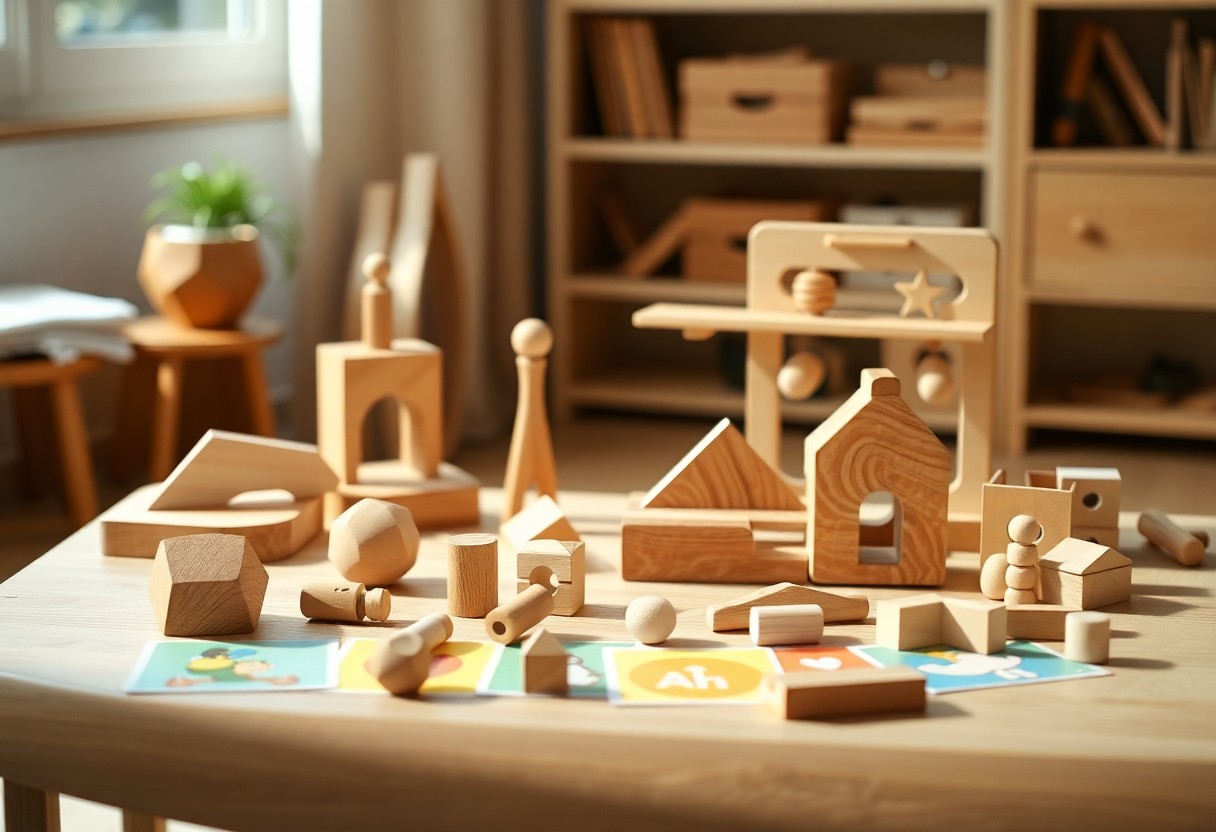
Why Less is More: The Impact of Simplistic Designs
Cognitive Benefits of Uncluttered Toys
Opting for simplistic toy designs plays a significant role in enhancing your child’s cognitive development. Toys that lack excess embellishments or overly complicated features allow young learners to focus on fundamental skills such as problem-solving, spatial reasoning, and critical thinking. For instance, when you present children with a set of blocks, the absence of distractions encourages them to figure out how to balance the blocks, facilitating independent experimentation and allowing for trial-and-error learning. This uncluttered approach promotes engagement and deepens the understanding of imperative concepts.
Moreover, research has shown that a reduced sensory overload can lead to improved attention spans in early learners. By providing toys that are intentionally designed with minimal elements, you are giving your child the opportunity to hone their concentration and develop perseverance as they navigate challenges. In contrast, toys that bombard them with flashing lights and endless sounds can fragment their focus and ultimately hinder their capacity to grasp complex ideas later on. A study published in the *Journal of Educational Psychology* found that children who played with simpler toys demonstrated higher rates of creative performance and cognitive flexibility.
As you consider the range of options available in today’s market, choosing minimalist toys should not be perceived as limiting your child’s experience. Instead, these toys lay the groundwork for developing imperative skills that will serve them well in various domains as they grow. Concentrated learning that arises from interacting with uncluttered toys fosters independence, resilience, and a sense of accomplishment as they master new skills.
Enhancing Imagination and Creativity with Minimalism
Minimalism in toy design serves as a fertile ground for your child’s imagination to flourish. When toys are stripped down to their core functions, your child is encouraged to think creatively about how to use them. Take a simple wooden block, for example: rather than being limited to a specific game or purpose, the block can become whatever your child’s imagination concocts – a car, a building, or even a figure in an elaborate story. This kind of open-ended play nurtures inventive thinking, making it easier for your child to develop a rich inner world and engage in narrative thinking.
The power of this imaginative play extends beyond just fun; it fosters crucial social skills as well. When children engage in unscripted play with minimalist designs, they often collaborate or negotiate with peers, learning to articulate their thoughts and ideas while navigating social dynamics. For example, a simple set of animal figurines can transform into a whole zoo, where your child takes on various roles and scenarios with friends, reinforcing not only creativity but also teamwork and communication abilities. Furthermore, a study published in *Child Development* reveals that children involved in imaginative play perform better in problem-solving tasks compared to their counterparts who engage with more structured, complex toys.
Minimalist toys allow for seamless transitions between guided learning and imaginative exploration. You might find that your child develops narratives that connect with personal experiences or fantasies, which ultimately boosts self-esteem as they realize their thoughts and feelings can manifest in play. Their capacity to invent new stories and scenarios provides a sense of ownership over their learning process, a foundational element of the Montessori philosophy.
Minimalism not only encourages imagination during playtime but also gears your child towards a lifelong appreciation for creativity. Instead of depending on pre-programmed interactions, they learn to create their own entertainment and ingenuity with fewer resources, honing an invaluable skill set that supports innovation and adaptability in an increasingly complex world. This freedom to explore through simpler designs opens endless possibilities, laying the groundwork for future artistic expression and problem-solving abilities.
The Ingredients of Montessori Toys: Natural Materials and Design
Choosing the right materials for Montessori toys is deeply intertwined with the concepts of sustainability and eco-friendliness. Many Montessori toys are crafted from renewable resources, such as wood from sustainably sourced forests. When selecting toys, you should look for products that are certified by environmental organizations, ensuring that they have been produced with practices that prioritize the planet. This means avoiding plastic toys that not only contribute to landfill waste but also can release harmful chemicals into your home environment. Instead, look for toys made from natural materials that are safe for your child and offer a connection to the world around them.
Sustainability and Eco-Friendliness in Toy Selection
Opting for eco-friendly toys aligns with a growing consciousness about the environmental impact of consumer choices. For children, interacting with sustainable toys fosters a sense of responsibility and respect for nature. You may find it enlightening to know that some manufacturers go a step further by using non-toxic, biodegradable paints and finishes, enhancing the safety and eco-friendliness of their products. For instance, brands like PlanToys utilize recycled rubberwood and eco-friendly practices, which not only provide a beautiful finish but also promote sustainable forestry. This presents a dual benefit; you not only support healthier play for your child but also contribute to a more sustainable planet.
Sensory Experiences: The Importance of Texture and Weight
When children engage with Montessori toys, they often do so through their senses. Toy designs that incorporate various textures and weights provide rich opportunities for tactile exploration. For example, a wooden block set with smooth, rounded edges and varying weights allows your child to experiment with balance and stability. The act of stacking these blocks not only enhances their fine motor skills but also encourages problem-solving and critical thinking as they figure out how to build structures without toppling over. Such hands-on experiences sharpen a child’s sensory awareness, which is foundational for early learning.
Incorporating a variety of textures and weights is fundamental to the developmental benefits of Montessori toys. The diverse sensations stimulate areas of the brain responsible for sensory processing, which is significant at this early stage of cognitive development. The smooth coolness of wood, the richness of wool, and the grainy feel of natural materials each offer something unique. Furthermore, the difference in weight helps children understand basic physics principles, such as gravity and balance, through their play. All of these sensory experiences contribute significantly to a child’s understanding of the world—creating neural pathways that enhance their learning capabilities.
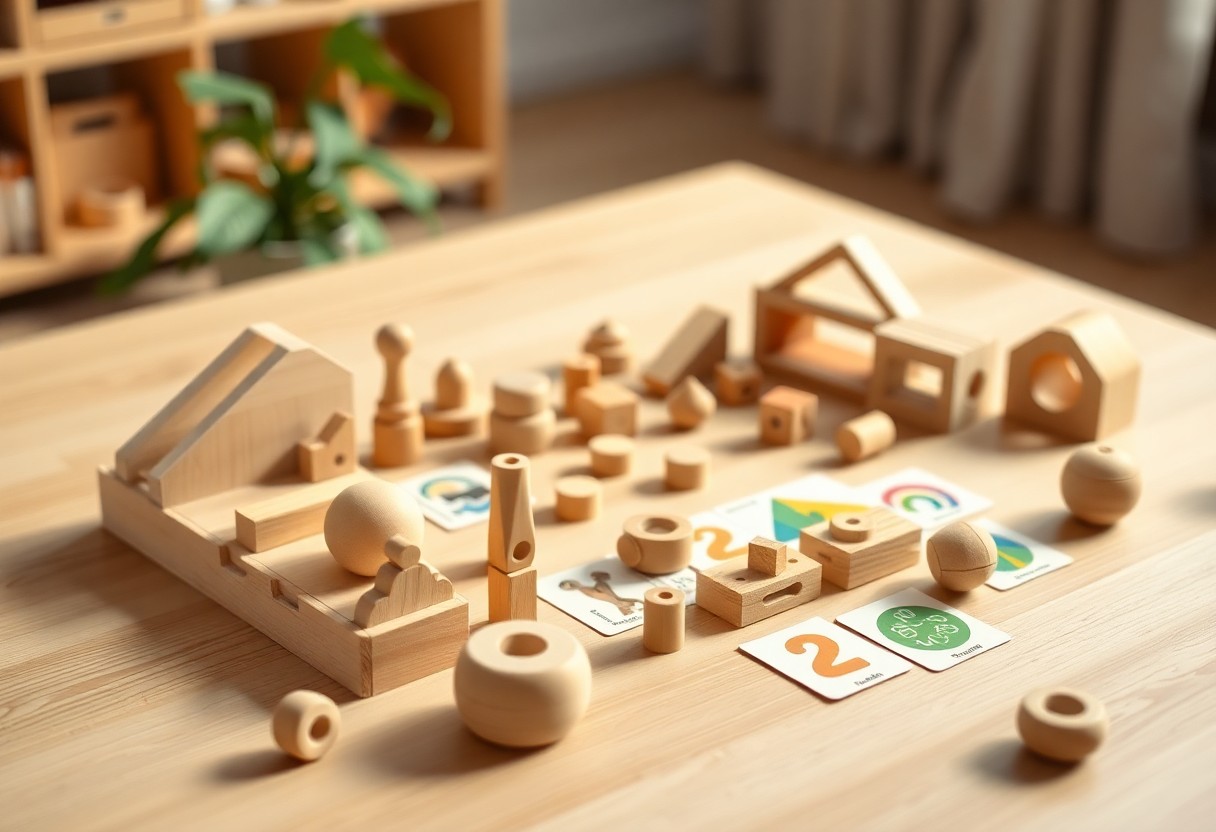
Evaluating Montessori Toys: Key Features and Attributes
Choosing the right Montessori toys requires a keen understanding of their unique features and attributes that enhance early learning. Your focus should be on selecting toys that promote independence, creativity, and problem-solving skills, fostering a rich environment for developmental growth. Each toy should encourage exploration and curiosity, engaging your child in hands-on experiences that stimulate their senses and intellect. Prioritizing toys that embody these attributes will ensure that your child’s playtime is not only enjoyable but also an enriching experience.
- Natural Materials: Opt for toys made from wood, fabric, or other organic materials, fostering sensory interaction while being safe for your little ones.
- Open-Ended Design: Look for toys that don’t dictate a single way to play, allowing for creativity and imagination to flourish.
- Real Life Connection: Choose toys that reflect everyday life situations or are inspired by nature, helping children understand their environment.
- Proportionality: Ensure toys are appropriately sized for young hands, promoting fine motor skill development through manipulation.
- Educational Value: Seek out toys that support various learning areas such as sensory, linguistic, logical, and social skills.
- Durability: Prioritize toys that are designed to withstand rigorous play and last through various developmental stages.
- Safety Standards: Always verify that toys comply with safety regulations, ensuring they are free from harmful substances and choking hazards.
Perceiving the distinctive attributes and features of Montessori toys equips you with the knowledge necessary to make informed choices. A comprehensive understanding of these elements is crucial for a successful learning experience, allowing your child to engage in exploration at their own pace, while developing critical thinking skills that lay the foundation for lifelong learning. For further insights, you can explore how Montessori Toys and Cognitive Science contribute to purposeful play and learning through this detailed guide.
Age Appropriateness and Developmental Trajectories
Understanding the connection between age appropriateness and developmental trajectories is paramount when selecting Montessori toys for your child. With each developmental stage, your child exhibits new skills and capabilities that can significantly influence their play preferences. For instance, infants thrive on toys that stimulate their senses—bright colors, diverse textures, and soothing sounds are crucial. As children transition into the toddler phase, their playtime shifts towards items that promote problem-solving skills, such as stacking or threading toys, which challenge their cognitive abilities.
As you move through various developmental stages, your child’s increasing spatial awareness and dexterity will direct you toward more complex toys. Preschoolers benefit from creative play materials—think art supplies, building sets, or role-playing kits—that encourage imaginative scenarios. This age is crucial for fostering social skills as well, thus selecting toys that are best enjoyed with peer interaction will enrich their development. Your continuous evaluation of your child’s interests will help you determine the types of toys that best support growth at each age and stage.
By remaining mindful of these developmental trajectories, you can create a tailored play environment featuring appropriate Montessori toys. This thoughtful approach ensures your child has continual opportunities for enrichment as they grow, adjusting to changing interests as they cultivate independence and creativity. Engaging with your child during playtime will further deepen their learning experiences; now, you’ll have personal insight into their evolving skills and challenges as you navigate the exciting journey of early childhood education together.
The Importance of Open-Ended Play
Open-ended play is a hallmark of Montessori philosophy that emphasizes the freedom for children to explore, create, and learn without limitations. Unlike traditional toys that come with a set purpose or predefined way to play, open-ended toys provide an inviting space for children to engage in imaginative thoughts. For instance, consider a set of building blocks; these toys can transform into anything—a castle, a bridge, or even spaceships—allowing your child to envision a world limited only by their creativity. This form of play not only enhances problem-solving skills but also nurtures independence as children make decisions and confront challenges on their own.
Engaging with open-ended toys also promotes deep cognitive development. It allows children to manipulate, explore, and experiment with materials, testing their boundaries and refining their motor skills. The process encourages resilience as they iterate designs or explore new methods to achieve a goal. It expands vocabulary and language development as children articulate their ideas during play or engage in collaborative efforts with their peers. This intrinsic motivation fosters a love for learning, as children find joy and fulfillment in the act of creating, rather than merely completing a task or reaching a specific endpoint.
By focusing on the importance of open-ended play, you can cultivate an environment that stimulates your child’s imagination and intellectual growth. The flexibility in play allows children to navigate not only their emotions and thoughts but also the social dynamics with their peers. Implementing such an approach ensures that your child develops vital skills, paving the way for future learning. Open-ended toys encourage children to receive and respond to the world they inhabit, laying the groundwork for critical thinking and continual exploration as they evolve.
Real-World Applications: Choosing the Right Toys for Your Child
The challenge of selecting toys that align with Montessori principles isn’t just about finding simple items; it’s about making informed choices that reflect your child’s developmental stage. For infants, consider soft tactile toys made from organic materials that allow them to explore textures safely. As your child grows, wooden blocks or stackable cups come into play, fostering an early understanding of spatial relationships and critical thinking. By choosing age-appropriate toys, you create an environment that encourages exploration and innovation, leading to natural learning experiences. Look for toys that offer multi-functionality, such as a wooden puzzle that challenges your toddler’s problem-solving skills while also being an engaging activity that can be revisited time and again.
When selecting toys, consider your child’s interests and developmental milestones. For example, toddlers who exhibit an interest in role-play can benefit from open-ended toys like a mini kitchen set or a wooden tool kit, which fosters social skills and imagination. As your child approaches preschool age, you may want to introduce more challenging puzzles or art supplies that allow for self-expression. This approach not only enhances cognitive and motor skills but also teaches them to be independent and resourceful in their play experiences. Keep in mind that variety is key; rotating toys periodically can help maintain your child’s interest and provide a stimulating environment that encourages sustained engagement.
Lastly, acknowledging the role of nature in learning can be important. Many Montessori advocates suggest incorporating outdoor play into your child’s routine. Items like gardening kits, simple exploration tools, or even natural materials for crafting encourage curiosity and a connection to the environment. You’ll find that the natural world offers endless opportunities for education and exploration, allowing your child to learn about ecosystems, responsibility, and the importance of sustainability while they play. The balance between indoor and outdoor activities ensures a well-rounded approach to play that can be tailored to your child’s growth.
Top Montessori Toy Recommendations for Various Age Groups
For infants aged 0-12 months, prioritize sensory toys that stimulate their senses: think rattles made of natural wood or silicone teethers that are easy to grasp. These toys not only captivate their attention but also support their early motor skills and sensory development. Transitioning to toddlers aged 1-3 years, consider introducing toys like simple puzzles or stacking rings, which encourage problem-solving and cognitive skills. As they grow into their preschool years (ages 3-5), look for items such as building blocks or art supplies, allowing them to express creativity and develop fine motor skills.
Another noteworthy option for preschool-aged children is the category of role-playing toys that stimulate social interaction. A simple puppet set, for instance, invites storytelling and imaginative play, creating a platform for your child to explore their thoughts and feelings. Furthermore, science kits or beginner woodworking sets tailored for this age group can lay the foundation for more complex problem-solving skills, encouraging your child to tinker, build, and understand multiple concepts. By actively engaging your child’s interests, you’ll find that the learning process becomes more enjoyable and fulfilling for both of you.
Lastly, consider how multi-functional toys can serve various developmental stages. For example, a well-designed wooden Montessori toy that promotes hand-eye coordination can evolve with your child, allowing them to engage in increasingly complex tasks as they grow. Items like a balance board can serve as both a physical challenge and a vehicle for creative play, inviting imaginative scenarios and promoting physical development. The enduring nature of such toys makes them a smart investment, not only for their versatility but also for their ability to stand up to the test of time.
Strategies for Integrating Montessori Principles at Home
Creating a Montessori-inspired environment at home doesn’t require extensive renovations or a large budget; rather, it demands a thoughtful approach to how you present toys and learning opportunities. Begin by decluttering your child’s play area; a tidy space allows for focused play and exploration. Organize toys into bins or baskets, allowing your child to choose what they want to engage with, fostering independence and decision-making skills. You can also create a designated play area that invites exploration and creativity—perhaps with a mat or specific corner of the room reserved for hands-on activities such as art or building.
Including your child in the process of setting up their learning environment can be highly advantageous. Involve them in routine decisions, like which toys to play with on any given day or how to organize their space. Encourage experimentation with open-ended materials, ranging from basic art supplies to nature items found during outdoor outings. This active involvement in their environment promotes ownership over their learning experiences, thereby creating a sense of responsibility towards their belongings and the spaces they inhabit.
Additionally, allow a balance between guided and independent play. Offer opportunities for collaboration in group play, but also respect your child’s need for solo exploration. Introducing small challenges can inspire growth—this can be through age-appropriate tasks that promote problem-solving or creative thinking. As your child navigates their space, being an observer enables you to understand their interests and adapt activities to match their developmental needs. Tailoring your approach in this way enhances their learning experience, fostering a love for exploration and discovery in a beautifully uncluttered and supportive environment.
To wrap up
Ultimately, embracing Montessori toys in your child’s playtime can significantly enhance their early learning experience. These toys often focus on simplicity and functionality, encouraging your child to engage more deeply with their environment and develop vital skills. By choosing toys that are thoughtfully designed and free from unnecessary distractions, you are fostering independence, creativity, and problem-solving abilities in your young learner. Instead of overwhelming them with complex gadgets, you are offering tools that promote exploration and hands-on learning, allowing them to learn at their own pace and discover the world around them through play.
Moreover, Montessori toys are typically made from natural materials, ensuring that your child’s experience is not only educational but also safe and eco-friendly. You are giving your child the opportunity to connect with nature while developing various motor skills, sensory understanding, and cognitive agility. By selecting toys that are aesthetically pleasing yet functional, you create an inviting atmosphere for your child to engage in practical activities that resonate with their innate curiosity. This thoughtful approach to play helps build a strong foundation for lifelong learning, making it easier for your child to adapt to new challenges in the future.
In closing, the simplicity of Montessori toys is deeply rooted in educational theory that supports your child’s growth holistically. When you choose these types of toys, you are investing in quality over quantity, allowing your child to develop focus, resilience, and a strong sense of self-direction. The essence of Montessori education lies in the belief that children learn best through exploration and self-discovery, and by providing them with the right resources, you are empowering them to become active participants in their own learning journeys. As you consider the toys you introduce into your child’s life, remember that sometimes less truly is more, and simple toys can lead to profound learning experiences that shape who your child will become.
FAQ
Q: What are Montessori toys and how do they differ from traditional toys?
A: Montessori toys are specifically designed to enhance a child’s learning through hands-on, sensory experiences. Unlike traditional toys that often emphasize entertainment and stimulation through bright colors and sounds, Montessori toys tend to be simpler, made from natural materials, and encourage open-ended play. They promote self-directed learning by allowing children to explore, discover, and engage in meaningful activities that foster independence and creativity.
Q: Why is simplicity in toys beneficial for early learners?
A: Simpler toys provide fewer distractions, enabling children to focus on the task at hand. This focus enhances their ability to concentrate, develop problem-solving skills, and engage in imaginative play. Simpler designs invite children to explore various ways of using the toy, fostering creativity and critical thinking. In contrast, overly complex toys can lead to frustration or disengagement, hindering a child’s natural curiosity and learning process.
Q: How can parents select the right Montessori toys for their children?
A: When opting for Montessori toys, parents should look for items that encourage exploration and creativity, made from natural, durable materials. It’s vital to choose toys that are age-appropriate and align with the child’s developmental stages. Focus on open-ended toys, such as building blocks, art supplies, or sorting games, which allow children to engage in various ways. Observing what piques their child’s interest can further guide parents in making thoughtful choices that support their child’s individual learning journey.

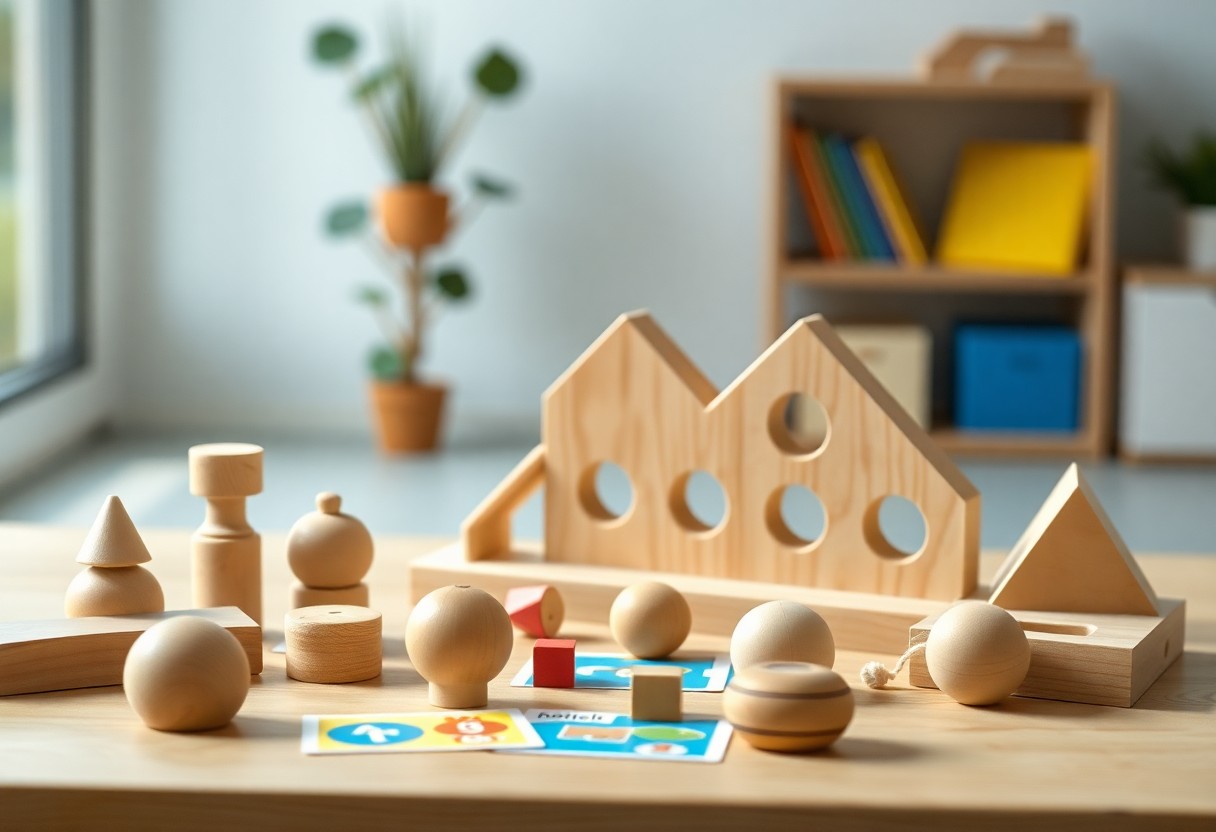
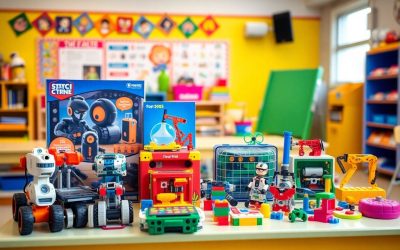
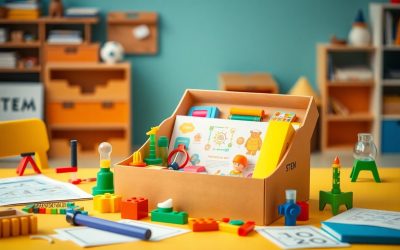
0 Comments